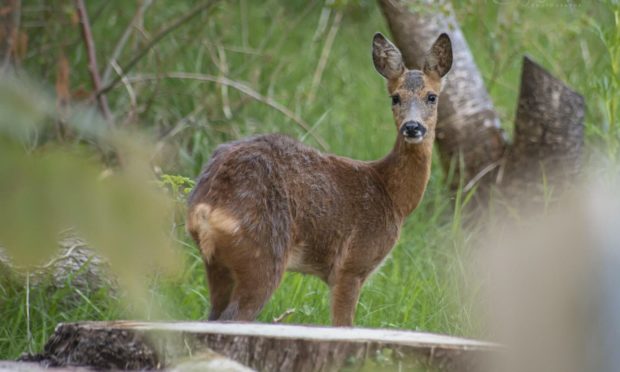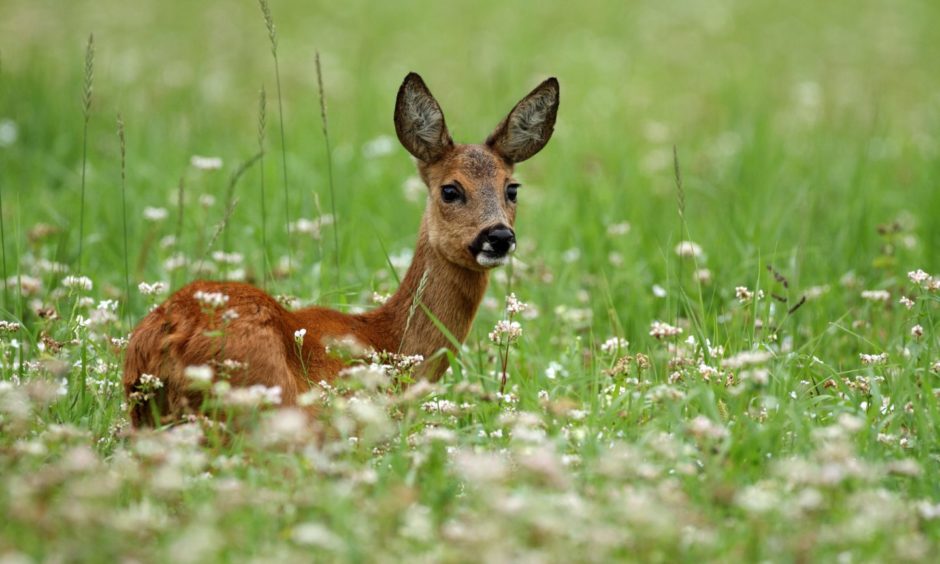Some female deer in Scotland face being culled because of concerns that rising populations are putting climate change efforts at risk.
Deer levels have doubled to nearly a million since 1990, according to Forestry and Land Scotland.
Experts claim this is putting forest planting efforts at risk because young deer damage millions of trees each year.
Deer pose a threat to young trees
Ian Fergusson, head of wildlife management at FLS, said: “The current high levels of deer numbers pose a particular threat to establishing young trees and areas of forest regeneration which are a vital part of Scotland’s response to the climate emergency.
“It can also be ruinous to biodiversity projects and also poses a threat to the overall health of the herd, which in winter could struggle to find enough food and may result in many animals suffering a slow death from starvation.
“As responsible land managers of a significant area of Scotland’s forests and land, we have to act and achieving the necessary balance within the deer population is something that can only realistically be attained through culling.”
Duncan Orr-Ewing, from Scottish Environment Link’s Deer Group, says reductions in deer population are necessary for climate targets.
He said: “Forestry and Land Scotland delivers first-class deer management across their national forests and land to high environmental and animal welfare standards.
“We fully support FLS and have every confidence that the work will be carried out to these standards.”
Deer ‘biggest threat to native forests’
Cull targets are based on deer counts and surveys carried out throughout the year.
George Anderson of Woodland Trust Scotland, which is also supporting the cull plans, said: “Deer pressure is the biggest threat to our native forests and the biggest barrier to creating the new woodland that is urgently needed to counter the climate and biodiversity crises.”

